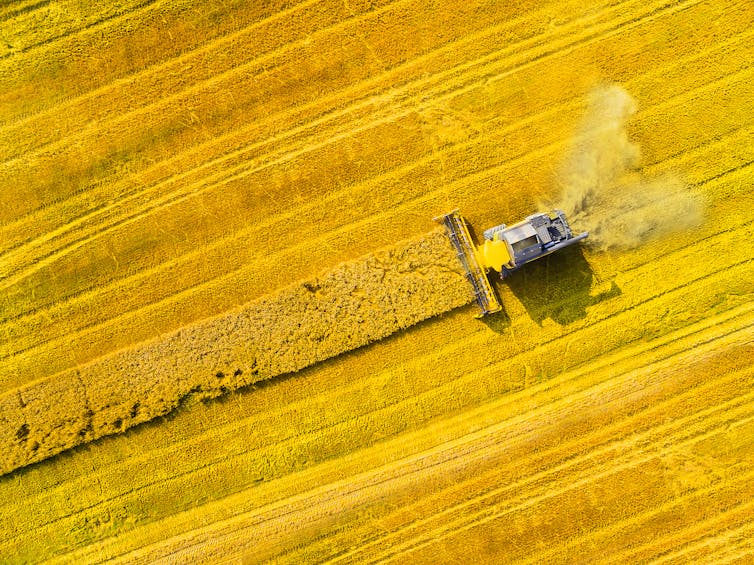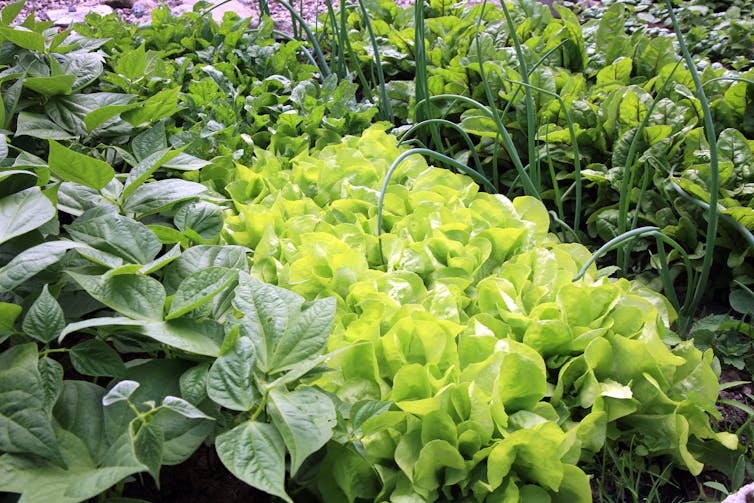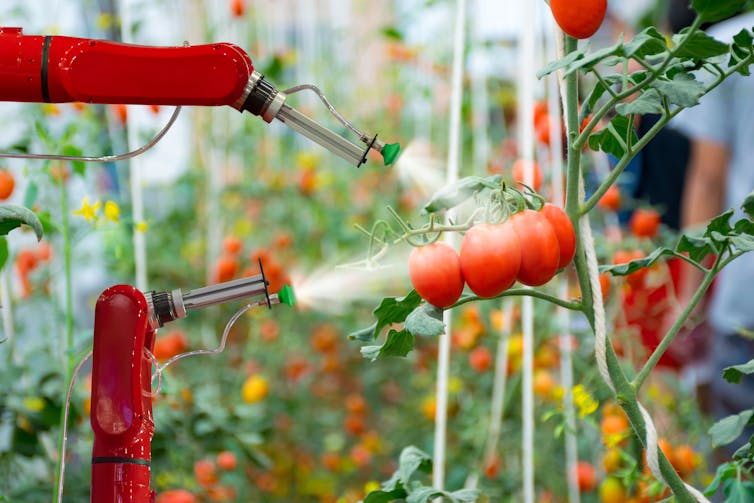By Shelly Morrison
Isn't your work productivity affected by temperature, lighting, air quality or any other environmental conditions? The answer is, it is. Not only it has a real impact on your indoor activities, but it also affects your health optimally. HVAC systems provide ventilation and maintain pressure relationships between spaces of both domestic and commercial environments promoting safe and sound health of an individual. Regarding this, your heating, ventilating and air conditioning (HVAC) equals balance your home or office atmosphere by filtering the warm or cold air as needed.
 |
| Failing to check HVAC systems regularly can be costly. |
When In A Year You Should Check Your HVAC?
Before your city hits the cold weather which approaches the San Antonio, Texas in the fall usually, call local HVAC contractors based in San Antonio who are trusted for heating, cooling and air conditioning services and can regulate your environment through working on following factors:
Factors That Contribute to Healthy HVAC System Performance
• Temperature control,
• Oxygen replenishment,
• Removal of moisture,
• Locating odors, smoke, heat, dust,
• Finding airborne bacteria, carbon dioxide, and other gases.
To guarantee HVAC efficiency, there are multiple maintenance factors which contribute to healthy HVAC performance but in this time, master only these three factors and make your system runs properly.
1. System Size
System size plays an essential role in healthy HVAC performance. First, consider your home size and ask yourself if your system is too large or small for your home. In the case of too large, the system will waste its excessive power in starting up which can result in short cycling. Secondly, if the system is too short, it can also screw up your home or office HVAC conditions by not handling the load. The air conditioner or heater will take massive time to reach the thermostat's threshold. Both of the cases will end up wasting energy if the right size system is not installed.
Contact HVAC professionals who can tell if you got poor system sizes and further diagnose whether or not your system fits the load requirement of your home.
2. Preventive Maintenance
Keep up regularly with preventive maintenance schedule to ensure if HVAC performance is doing well or whether it has the likelihood of failing. It is carried out when the equipment is working so that the professionals can then and there detect the downtime and improve on performance worthwhile. That's why you should have a preventive maintenance schedule similarly like a part of your health routine. Just like your body needs a regular health checkup by the doctor, your HVAC system also needs to get check its performance few times a year. Natural airing (ventilation) includes both the exchange of air to the outside as well as circulation of air within the building. It is one of the most important factors for maintaining acceptable indoor air quality in buildings as well in homes.
Regular maintenance checkup involves testing the system's components and efficiency and fixing any problems encountered during the testing.
3. Indoor Air Quality
 |
| Air Quality Monitor |
You can also work it out a little by cleaning your indoor air handling units and outdoor compressors and removing the blockage. Check ducts for leaks, clean filters and more. This is a basic you can do to cause your system no-damage. If you fail at these checks, get mentally prepared for costly repairs.
There's another thing you can do which involves cleaning out the inside of your furnace. It will also help you with reducing your electric bills. If you're short of time and a workaholic, feel free to call experts who inspect the heat exchanger to verify there is no carbon monoxide leaking into your home or workplace.
At the end of the day, we advise you to tackle primary factors on your own and for the complex situations, you can call professionals for help to maintain your HVAC performance in a healthy way giving you more comfortable home and office with indoor quality environment.
For more details feel free to contact us: https://www.beyerboys.com/residential/
Article Source: [http://EzineArticles.com/?Healthy-HVAC-Equals-Healthy-Indoor-Air-Quality&id=10098276] Healthy HVAC Equals Healthy Indoor Air Quality



 An organic coffee plantation in Ecuador.
An organic coffee plantation in Ecuador.  We could be seeing an extension of the megafarms we know today.
We could be seeing an extension of the megafarms we know today. 




